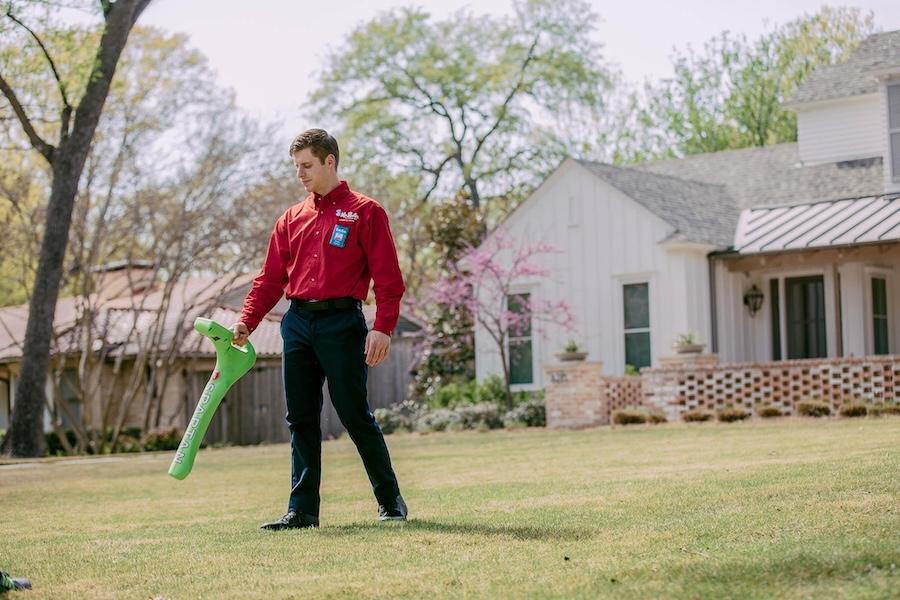
September 04/2024
What Is a Leach Field?
A leach field, also known as a drain field, is an area of land where wastewater released from a septic tank disperses into the ground. It consists of perforated pipes that are laid horizontally in gravel-filled trenches. The leach field plays a crucial role in the final stage of wastewater treatment.
Components of a Leach Field
As its name suggests, a distribution box receives effluent from your septic tank and distributes it to the perforated pipes for dispersal. In other words, it takes the effluent wastewater from the septic tank and distributes it evenly to the leach field. The distribution box prevents overloading of any particular area and promotes efficient absorption.
These pipes are laid horizontally in the absorption area and have holes in them to allow wastewater to seep into the soil. The pipes are covered by 4-6 inches of soil.
A layer of gravel or sand is placed around the perforated pipes to help distribute the wastewater evenly and allow for better absorption. It also prevents larger solids from entering the soil.
Below the gravel or sand is the soil layer, which absorbs the wastewater and discharges it to groundwater. The best soil for a leach field is loamy soil because its structure allows for filtration while allowing effluent to seep through. If the soil becomes oversaturated with too much effluent, it can cause sewage backup. When this happens, get in touch with a nearby plumbing repair service for an inspection.
A filter fabric may be placed between the gravel or sand and the soil to help prevent clogging of the leach field. However, not all leach fields have a filter fabric. If the soil is sandy or gravelly, it may not require filter fabric as it is already well-suited for absorbing wastewater. A plumber in Holmdel Township will assess your site conditions and decide if a filter fabric is necessary for your leach field.
Signs of a Failing Leach Field
- Pools of water in the leach field.
- A dark sludge that smells like sewage.
- Slow draining fixtures or backed up plumbing.
- Greener patches of grass over the leach field area.
- Pooling water or puddles over the leach field area.
- Gross sewage odor around the absorption area.
If you suspect your leach field is failing, it’s high time to seek expert help from a professional plumbing repair service. The experts have the knowledge and tools to investigate the cause of drainage problems and provide reliable drain field repair.
The common culprits behind leach field failure are excessive water use and tree root intrusion. If the amount of wastewater entering the absorption area exceeds the soil’s capacity to absorb it, the leach field will eventually fail. It’s advisable to minimize water use to avoid overloading your septic system. Our plumbers also advise maintaining a safe distance between trees and the leach field area (ideally 10-20 feet).
How To Maintain Leach Field
- Regularly pump your septic tank.
- Do not park or drive heavy vehicles over your leach field.
- Schedule regular drain field inspection.
- Avoid planting trees or shrubs near your leach field.
Looking for a professional plumbing service? Look no further than Mr. Rooter Plumbing. We are reputable plumbing contractors with decades of experience in the industry. We offer a comprehensive range of residential and commercial plumbing services.




